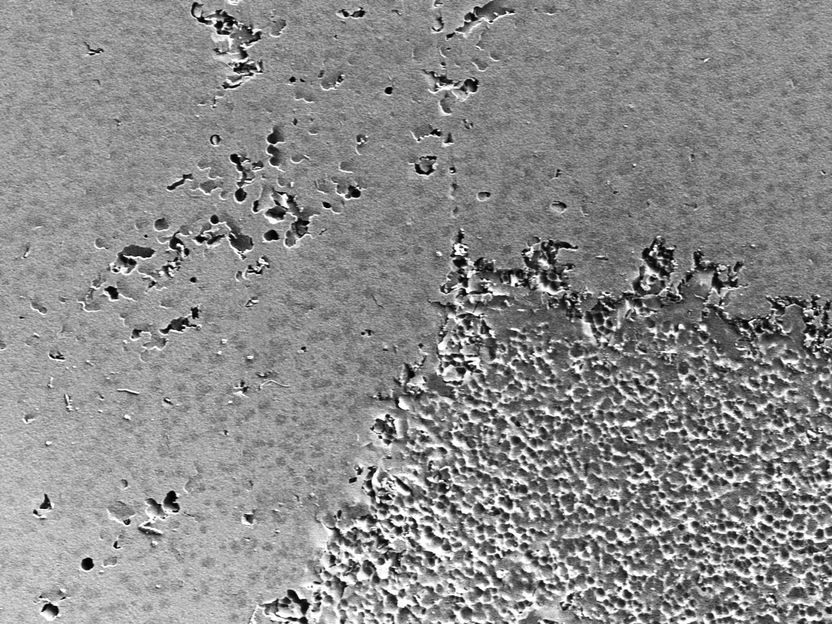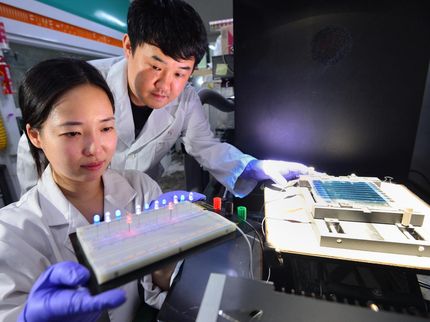How cleaning agents can damage photovoltaic modules
Advertisement
In order for the sunlight to be optimally utilized by photovoltaic modules, they must be cleaned regularly. Chemical cleaning additives are intended to enhance the cleaning effect. However, these can bring with them a high potential for damage. The Fraunhofer Center for Silicon photovoltaics CSP has developed a test method to investigate the material compatibility of such cleaning agents and effects on the functionality of modules.

In the developed test method, material samples of PV module components were subjected to various diagnostic methods in order to make statements about pitting and surface corrosion.
Fraunhofer CSP
Soiling on PV modules has various causes. In addition to dust and pollen, persistent soiling also occurs due to emissions from industry, traffic and agriculture. These deposits on the surface of solar modules can sometimes cause less sunlight to be absorbed and thus affect energy production. A clean surface, on the other hand, allows the modules to absorb more sunlight and convert it into electrical energy. Regular cleaning is enormously important for increasing efficiency, extending service life and reducing maintenance costs.
To increase cleaning efficiency, chemical cleaners and cleaning additives that are acidic or alkaline are increasingly being used to clean PV systems. "The damage potential of commercial photovoltaic cleaners is high, especially for the anti-reflective layer on the front glass of solar modules. Many users are not aware of this and the associated energy yield losses," says Dr. Marko Turek, Deputy Manager of the "Diagnostics and Metrology Solar Cells" group at Fraunhofer CSP.
This is where he and his colleagues come in, investigating methods for evaluating the effects of cleaning agents on PV module components. To this end, components of industry-standard PV modules were tested following existing standards, including the aluminium frame with anodized coating, the silicone edge seal, and the PV glass with anti-reflective coating. In the newly developed test method, material samples of these components were subjected to an aging test in the cleaning solution, so that statements could be made about, for example, pitting and surface corrosion. "The investigations conducted to date show that many commercially available cleaners, even at the recommended application concentration, damage the PV module components, especially the anti-reflective coating layer on the solar module front glass," says Turek.
The new test method could be used in a cooperation project with the manufacturer Bremer & Leguil GmbH to provide recommendations for the number of cleaning cycles, the exposure time and the ideal application concentration. In this way, its biodegradable cleaning agent Rivolta P.H.C. could be optimized in terms of material compatibility.

































































